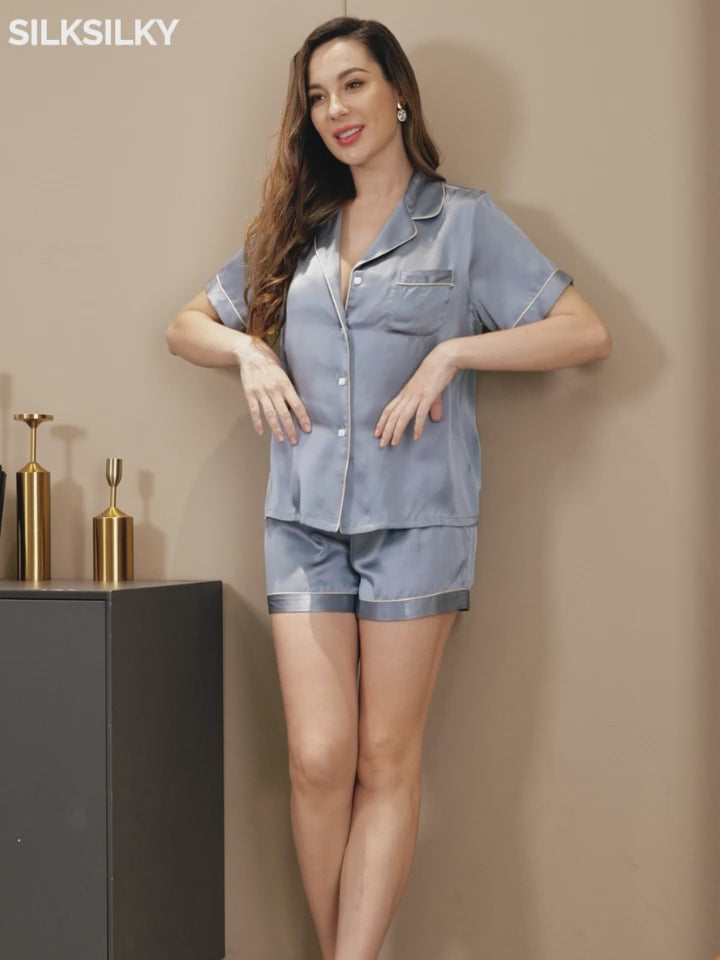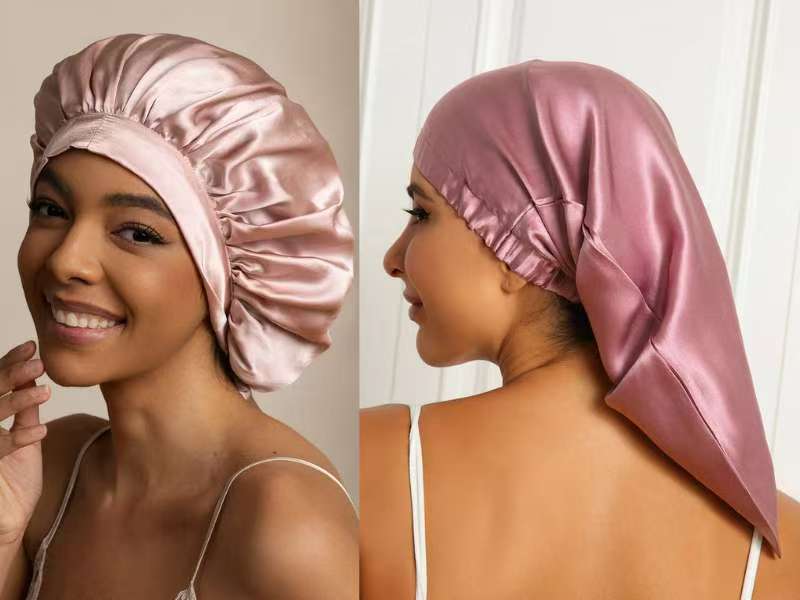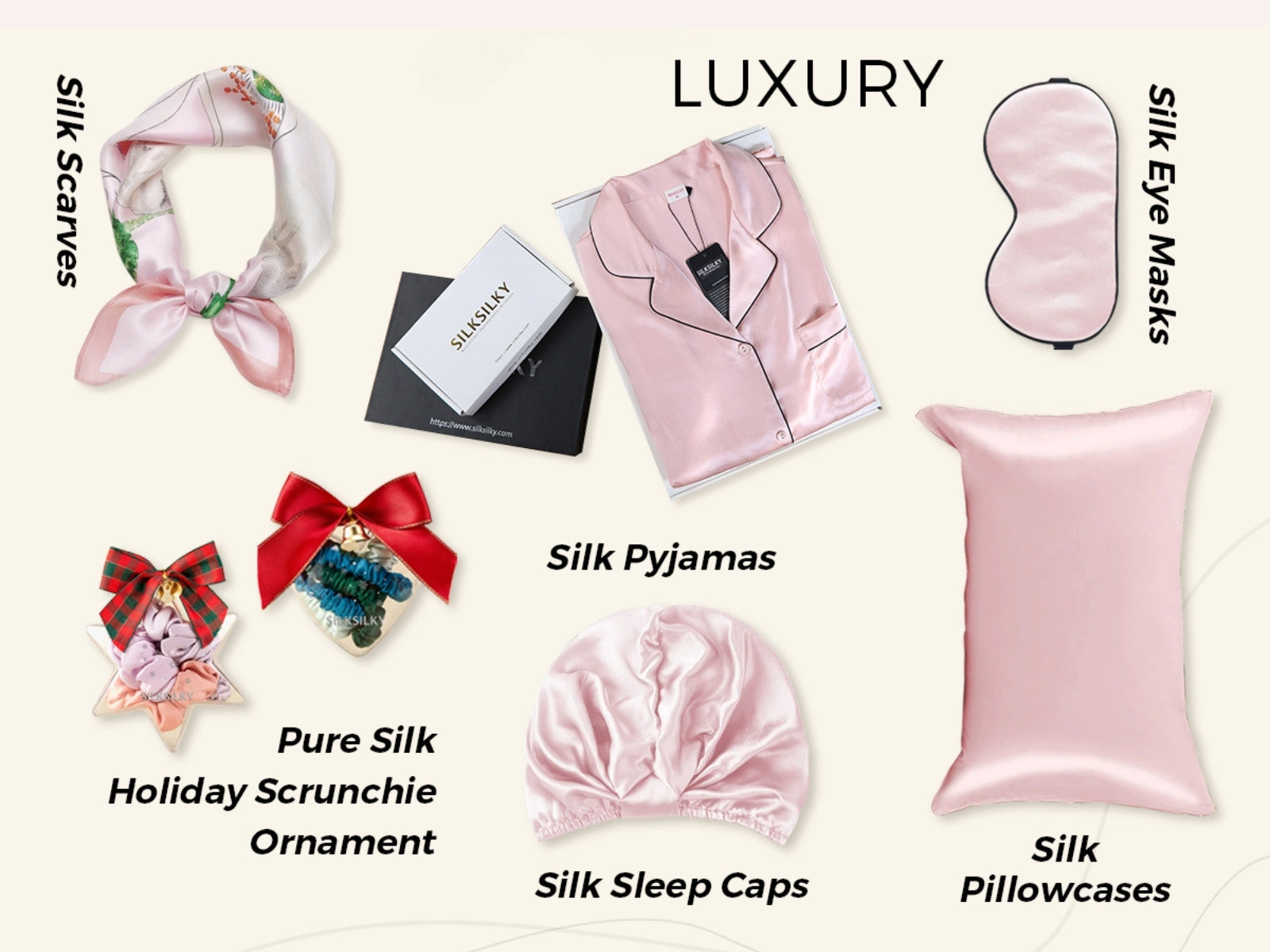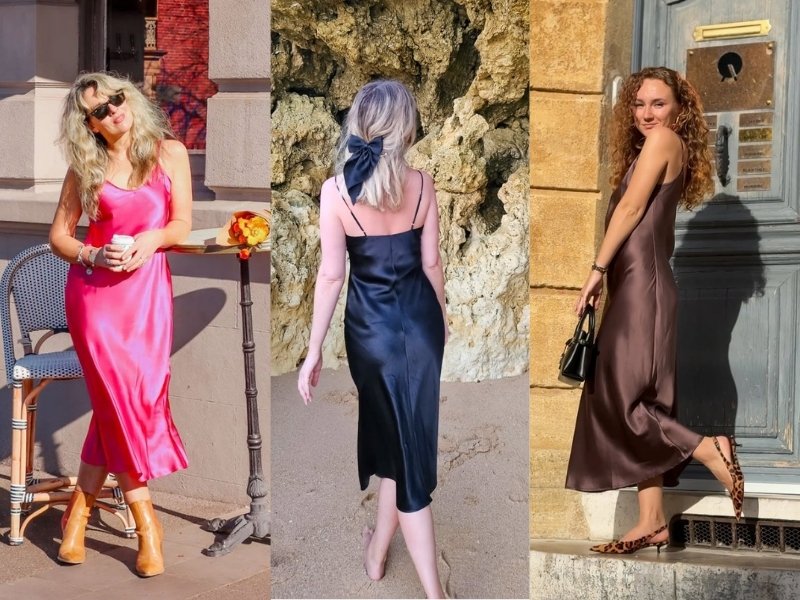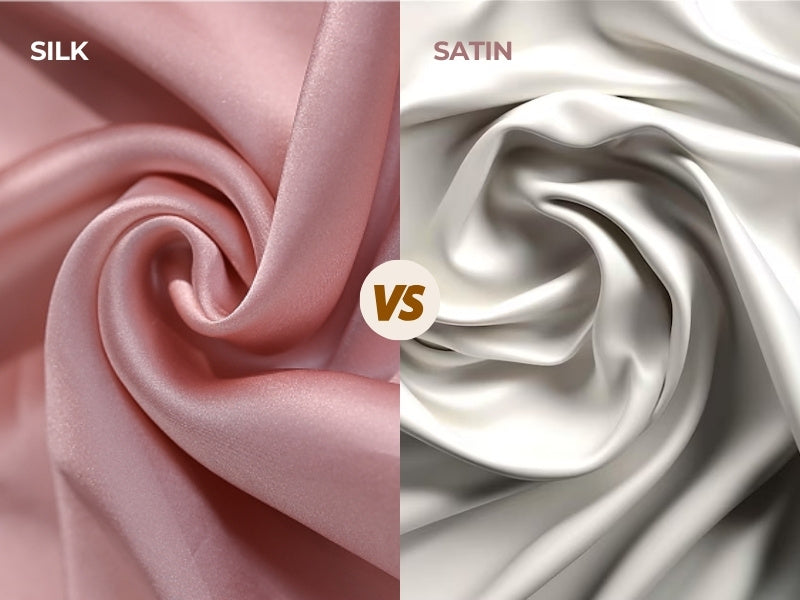How Is Silk Made? A Comprehensive Guide to Silk Production and Science
Table of Contents
Silk has been around for thousands of years, but many people still ask: how is silk made? The answer starts with silkworms and ends with one of the softest, strongest fabrics in the world. The silk production process involves carefully raising silkworms, collecting their cocoons, and turning them into fine threads. If you're curious about silk making from silkworms, the steps behind it are just as fascinating as the fabric itself.
What Is Silk and How Is It Made from Silkworms?
Silk is a natural fiber made from the cocoons of silkworms, most commonly the Bombyx mori. This soft, shiny thread has been used in textiles for over 5,000 years. True silk—also known as mulberry silk—is the most prized type, spun by silkworms raised on a diet of mulberry leaves. Other forms, like tussah, eri, and muga, are considered wild silks and tend to have rougher textures and more natural coloring. These differ from synthetic silks, which are man-made and lack the natural protein structure and feel of real silk.
At its core, silk's unique properties come from two proteins: fibroin, which forms the inner structure, and sericin, which acts like a protective glue. Fibroin gives silk its strength—it's been shown to rival steel in tensile strength—and contributes to its natural shine. Silk is also breathable and moisture-absorbent, helping regulate temperature and keep skin dry, which is why it's often used in bedding and sleepwear.
Silk is surprisingly eco-friendly compared to synthetic fabrics. Silkworms feed on renewable mulberry leaves, and the fabric itself is biodegradable. While traditional silk production involves boiling cocoons, sustainable options like peace silk aim to reduce harm to the silkworms. Overall, silk combines natural beauty, strength, and sustainability in a way few materials can match.

How Is Silk Made Step by Step in the Silk Production Process?
Turning a silkworm cocoon into a smooth silk fabric takes patience, care, and several precise steps. The silk production process is both traditional and scientific, starting from how silkworms are raised and ending with woven silk cloth. Below is a simple breakdown of how silk is made step by step, using the most common method—mulberry silk.
1. Sericulture: Raising Silkworms
The first step in silk making from silkworms is sericulture, which means breeding and caring for silkworms. Silk farmers start with tiny eggs laid by adult moths. These eggs hatch into larvae, which are then fed a steady diet of fresh mulberry leaves. Over about six weeks, the larvae grow rapidly and begin to spin cocoons using liquid silk proteins from their bodies. A single worm makes nearly 300,000 figure-eight movements with its head to create one cocoon, which holds up to 1000 meters of silk thread.
2. Cocoon Harvesting and Thread Extraction
Once the cocoons are ready—usually after 2–3 days of spinning—they are carefully harvested. To collect unbroken threads, cocoons are boiled or steamed. This softens the outer sericin layer, which acts like glue, and prevents the moth from emerging and cutting the thread. Each cocoon produces a single filament up to 100 meters long. Several filaments are gently unwound together to create a usable strand of raw silk.
3. Processing and Spinning into Fabric
After reeling, the raw silk goes through degumming, which removes the remaining sericin for a softer feel. The silk is then twisted, dyed, and woven into different types of fabric. Weaving styles and thickness vary depending on the final product—whether it's a scarf, blouse, or bedsheet.
It takes weeks of care and thousands of tiny movements for a silkworm to produce the thread behind every silk scarf or pillowcase.
What Are the Benefits of True Silk in Daily Life?
After learning how silk is made, it's easy to appreciate why this natural fiber is valued for more than just its beauty. From the careful feeding of silkworms to the delicate reeling of thread, every step of the silk production process contributes to its soft texture, breathable feel, and lasting strength. Because true silk comes straight from nature—without harsh synthetics—it offers comfort that's both practical and luxurious in daily life.
Kind to Sensitive Skin
Silk is spun from proteins that closely match the structure of human skin. Its smooth surface glides gently across your face or body, helping reduce irritation, redness, or dryness. Many people with eczema or sensitive skin choose silk pillowcases or clothing for this reason.
Helps Reduce Hair Breakage
Thanks to its friction-free finish, silk lets hair move freely without catching or pulling. This helps minimize frizz, split ends, and breakage overnight—especially for curly, textured, or damaged hair.
Naturally Temperature-Regulating
Silk made from mulberry cocoons has a unique ability to adjust to your body temperature. It traps warmth in winter yet stays cool and breathable in summer, making it perfect for year-round sleepwear and bedding.
![[Light Blue] SilkSilky Pure Silk Notch Collar Women's Pajamas 001,](http://silksilky.com/cdn/shop/files/ab83afb9301666ee2f174a8ae72ffda4_4e9bb488-7880-40fe-9e69-f0fd823857c5.jpg?v=1764653199&width=1200)
![[Light Blue] SilkSilky Pure Silk Notch Collar Women's Pajamas 002,](http://silksilky.com/cdn/shop/files/db8dbeee5354fe3b631b963715847ffe.jpg?v=1764653202&width=1200)
![[Dark Red] SilkSilky Pure Silk Notch Collar Women's Pajamas 001,](http://silksilky.com/cdn/shop/files/599ed0811e1a5fcfa55bdc80a0279704_2643c850-a793-4475-a52b-7fef1bbd7e36.jpg?v=1762233837&width=1200)
![[Dark Red] SilkSilky Pure Silk Notch Collar Women's Pajamas 002,](http://silksilky.com/cdn/shop/files/9e022d4dd4f99aed4af8da3f58fcfd5b_efb9bafe-3d71-4283-9b81-e339ff08f352.jpg?v=1762233837&width=1200)
![[White] SilkSilky Pure Silk V Neck Nightgown 001,](http://silksilky.com/cdn/shop/files/a8ae95260a57844b1e2e00c4fcfabdcc_b922b270-af10-4e96-9493-0d877bd663db.jpg?v=1764140639&width=1200)
![[White] SilkSilky Pure Silk V Neck Nightgown 002,](http://silksilky.com/cdn/shop/files/24ac506750f8c38c51bb5b6d0ee15287.jpg?v=1764140639&width=1200)
![[Pink] SilkSilky Pure Silk Sleep Cap 001,](http://silksilky.com/cdn/shop/files/SilkSilky_Pure_Silk_Sleep_Cap_Pink_001_C-250529006.jpg?v=1762221980&width=1200)
![[Pink] SilkSilky Pure Silk Sleep Cap 002,](http://silksilky.com/cdn/shop/files/SilkSilky_Pure_Silk_Sleep_Cap_Pink_002_C-250529006.jpg?v=1762221980&width=1200)
![[Steel Blue] SilkSilky Pure Silk Notch Collar Women's Pajamas 001,](http://silksilky.com/cdn/shop/files/05b358f92fb5d252122b00d69a2fcfc5_88211a42-88c4-4448-8cb3-5f18529bfef8.jpg?v=1762237226&width=1200)
